Update Report No. 4: Protection of Civilians in Armed Conflict
Report in Word Format• in PDF Format
More than six weeks after the Secretary-General, in his 28 November report (S/2005/740) on the Protection of Civilians in Armed Conflict, recommended that the Security Council adopt a resolution:
-
endorsing the responsibility of the international community to provide physical protection to civilians in war situations;
-
facilitating humanitarian access to populations;
-
designing clearer and more comprehensive mandates for peacekeeping missions, including protection aspects; and
-
developing monitoring and reporting systems;
and a month after an open debate was held in the Council on 9 December 2005 (S/PV.5319) the draft resolution is still not agreed and continues to be negotiated amongst experts.
As we reported in our December Forecast negotiations on the draft resolution actually began in late November. In December a number of consultations were held at the experts’ level in addition to two ambassadorial level sessions without agreement. The consultations have yet to resume in January.
Council members have been unable to reach an agreement on several aspects of the resolution. A major controversy has arisen regarding the key substantive issue of “responsibility to protect”, which of course was one of the few highlights of the 2005 Summit Outcome resolution.
It appears that Russia and China (in addition to Algeria, the Philippines and Brazil before their term as Council members ended on 31 December) advocated a guarded approach. China and Russia, specifically, believe that reference to responsibility to protect by the Security Council is premature and should be addressed by the General Assembly in more detail before it is tackled in a Security Council resolution. Also, the principles of sovereignty and territorial integrity have led them to fear that rapid interventions in exercise of the responsibility to protect could occur.
Difficulties also appeared in the negotiations regarding the language used to address other issues in the draft resolution. First, any mention of the International Criminal Court (ICC) has been opposed by the US. There is also a debate among members states on whether to use the language of previous resolutions (especially resolution 1296) concerning the access of humanitarian personnel to civilians in war zones or the language of the Summit Outcome document, which is less specific and slightly weaker. Finally, member states seem to disagree on the necessity to include a condemnation of torture in this resolution.
The proponents of the current draft resolution (UK, France and Denmark) are no doubt consulting and assessing the views and positions of the new Council members (Congo, Ghana, Peru, Qatar and Slovakia, replacing Algeria, Benin, Brazil, the Philippines and Romania). The views of the newly elected members on these issues and their contribution to this resolution are likely to play an important role, given the need for any resolution to command eight votes as a majority. During the December open debate, both Slovakia and Peru, then non-members, strongly supported implementation of “the responsibility to protect.” It has been reported that Ghana and Congo also seem to hold positive views in this regard.
The UK is currently conducting bilateral negotiations, with the hopes of resuming consultations next week. However, this might be a lengthy process and it is impossible at this time to predict when the resolution will be adopted. This situation is not unusual. In the past it has taken up to six months for some thematic resolutions to be adopted. (For example, resolution 1296 on protection of civilians took six months to be negotiated and resolution 1612 on children in armed conflict took five months.)
